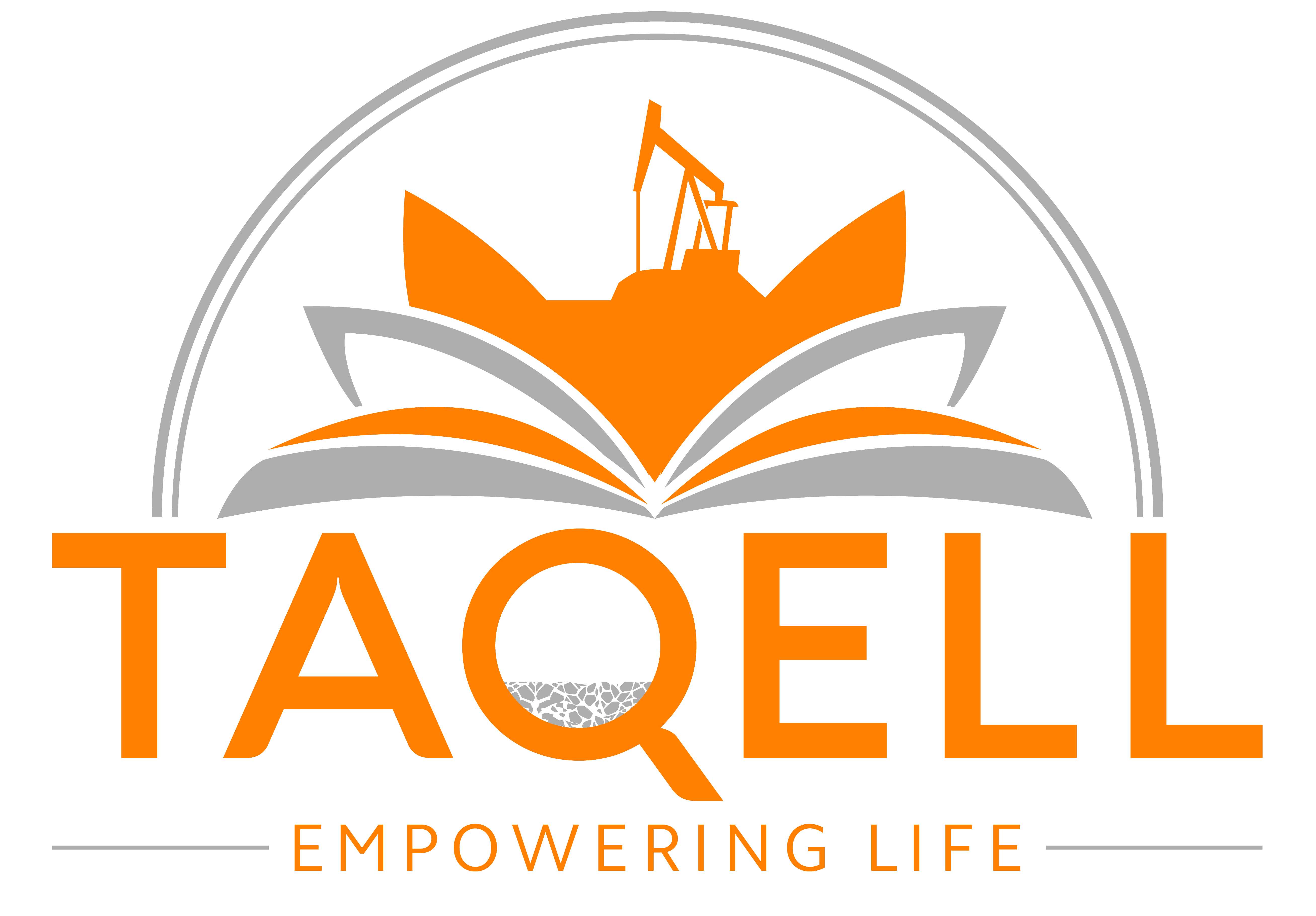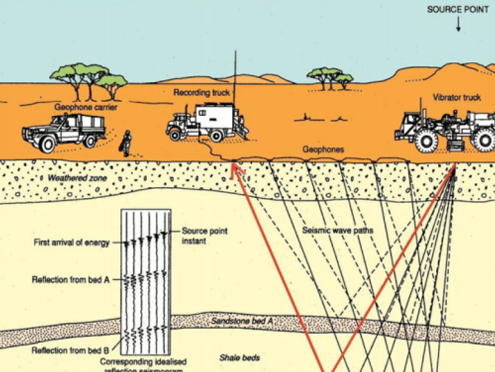Course Overview
The Ground Improvement, Soil Stabilisation & Earth Retention Systems course at TAQELL provides comprehensive training on techniques and methodologies used to enhance the stability and strength of soil and rock for civil engineering projects. This course covers the basic concepts of vertical cut stabilization and slope stability, various earth retention systems, and real-world case studies.
Course Format
• Online: Flexible and accessible learning from anywhere, suitable for working professionals.
• Offline: Hands-on training with direct access to instructors and field equipment, ideal for those who prefer in-person interaction.
Detailed Course Content
1.Basic Concepts of Vertical Cut Stabilization and Slope Stability
The module on Basic Concepts of Vertical Cut Stabilization and Slope Stability delves into fundamental principles aimed at preventing failures and ensuring the safety of civil engineering structures. It covers key topics such as slope stability analysis, including theoretical backgrounds like factors of safety and failure mechanisms, alongside analysis methods such as limit equilibrium and numerical approaches. The module also explores vertical cut stabilization techniques, including excavation methods like trenching and benching, support systems such as soldier piles and sheet piles, soil nailing, and anchoring systems like ground anchors and tiebacks. Participants will gain insights into common failure mechanisms in slopes and vertical cuts, including rotational and translational failures, enabling them to understand principles, methods, and failure modes crucial for stabilizing slopes and vertical cuts effectively.
2. Different Options of Earth Retention Systems
The module on earth retention systems explores diverse methods used to bolster excavations and slopes, ensuring stability and averting soil movement. Key topics encompass gravity retaining walls, relying on weight to resist lateral pressures; cantilever walls, using reinforced concrete for stability; and sheet pile walls, encompassing steel, vinyl, and composite types installed via driving, vibrating, or pushing. Diaphragm walls support deep excavations, while soldier pile and lagging walls use steel piles and lagging for temporary or permanent systems. Soil nailing stabilizes slopes with grouted nails, and anchoring systems like ground anchors and tiebacks provide additional support. Reinforced earth walls use geosynthetics for construction, and hybrid systems blend techniques to meet specific project needs. Participants gain insights into system types, design principles, and selection criteria for diverse projects.
3. Case Studies
This module presents case studies showcasing the practical application of ground improvement, soil stabilization, and earth retention techniques in engineering projects. It includes selecting successful projects with innovative techniques, detailing project backgrounds including site conditions and objectives, and outlining methods used for ground improvement and earth retention. Analysis of project outcomes, including successes, challenges, and lessons learned, is covered, along with discussions on risk management strategies to ensure project success. Participants gain insights into applying these techniques through real-world examples, understanding their practical implementation, and learning about effective project execution and risk mitigation.
Learning Outcomes
Upon completing the Ground Improvement, Soil Stabilisation & Earth Retention Systems course, participants will be able to:
• Understand the basic concepts of vertical cut stabilization and slope stability.
• Analyze slope stability and design appropriate stabilization measures.
• Identify and apply various earth retention systems for different engineering projects.
• Learn from real-world case studies to implement best practices and innovative solutions in their projects.
Who Should Attend?
This course is ideal for:
• Geotechnical engineers and technicians.
• Civil engineers involved in ground improvement and earth retention projects.
• Construction project managers and site supervisors.
• Engineering consultants and planners.
• Students and recent graduates in geotechnical and civil engineering.
Course Benefits
• Expert Instruction: Learn from experienced geotechnical professionals with extensive field and laboratory experience.
• Hands-on Experience: Gain practical skills through interactive sessions and real-world applications.
• Flexible Learning: Choose between online and offline formats to suit your schedule and learning preferences.
• Comprehensive Curriculum: Cover all major aspects of ground improvement, soil stabilization, and earth retention systems.
• Networking Opportunities: Connect with peers and industry professionals to enhance your professional network.


